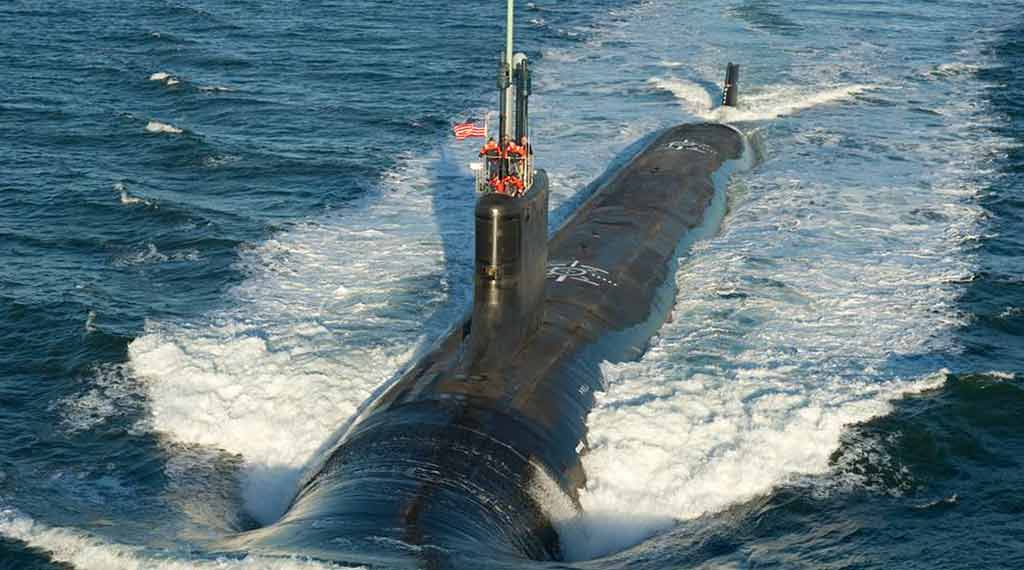The Navy’s Virginia-class submarine nightmare won’t be easy to end
The Virginia-class submarines, critical to U.S. naval power, are facing significant delays in their construction schedule, estimated at 410 months behind, with expectations to catch up by 2028. These delays are exacerbated by existing maintenance and readiness challenges within the fast-attack submarine fleet. In response, recent legislation included a $5 billion provision aimed at bolstering the submarine construction and maintenance industry.
-This funding is part of a broader effort, including a $3.4 billion investment made between 2018 and 2023 and an additional $2.2 billion allocated last year for spare parts to improve operational readiness.
-The challenges have been highlighted by commitments such as the AUKUS deal, which strains the already burdened U.S. shipyards. Despite these hurdles, there is substantial federal commitment, including a proposed $17.5 billion over the next five years, to enhance the submarine industrial base and ensure the U.S. can meet future strategic demands.
Behind Schedule: The Challenge of Virginia-Class Submarine Production
Submarines, particularly the Virginia-class attack SSNs, represent a core pillar of U.S. naval power. They are virtually unmatched in their technology and capabilities, serving as a versatile and lethal force in any future conflict.
There is just one problem: the Virginia building program is an estimated 410 months behind schedule and may not be on track until 2028. This shortfall has continued to impact a fast-attack fleet that has consistently struggled with maintenance and readiness. Fortunately, the recent bill pledging military assistance to Ukraine came with an important rider, namely $5 billion to improve the submarine construction and maintenance industry.
- China’s submarine force can track (and sink) US Navy aircraft carriers - August 21, 2024
- Nimitz-class aircraft carrier Stennis has a problem - August 14, 2024
- AbramsX: The US Army wants a new revolutionary tank like no other - August 13, 2024

